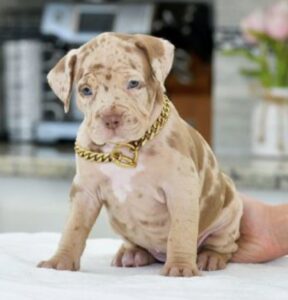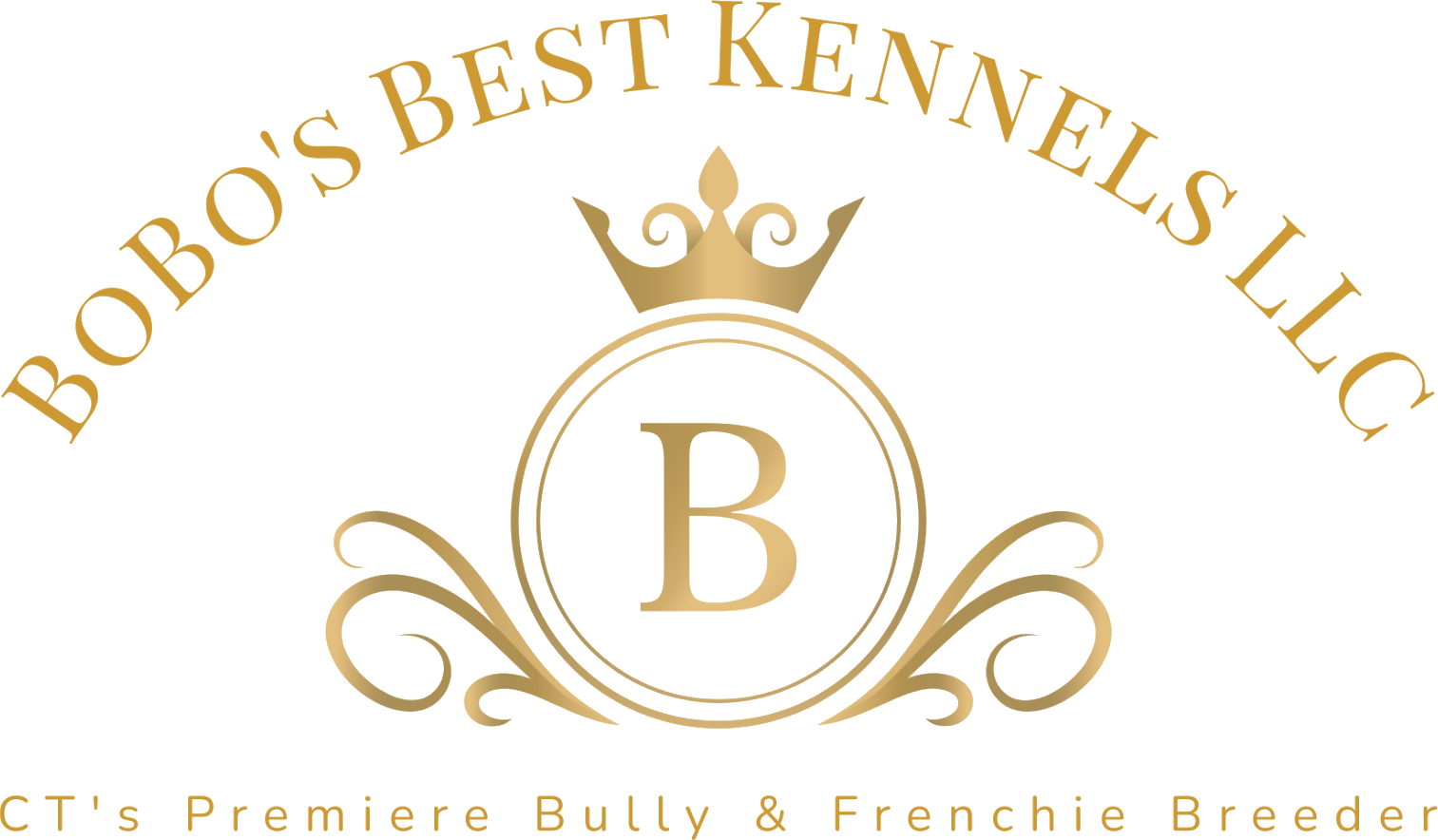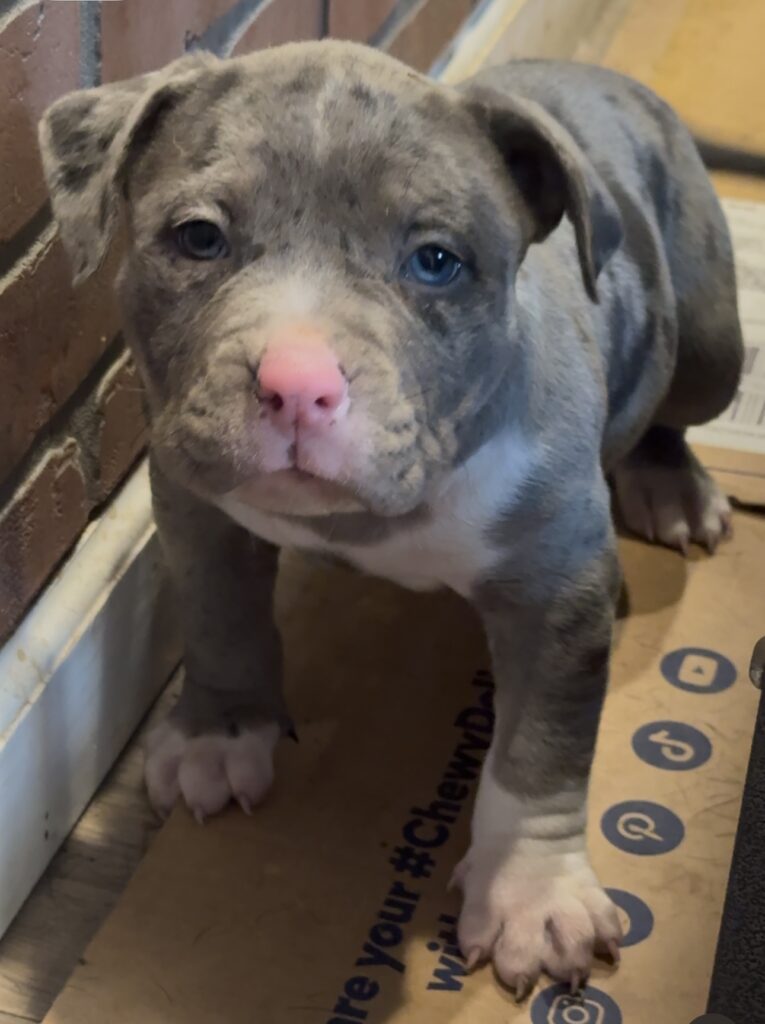n recent years, the breeding industry has seen significant shifts, fueled by an increased interest in designer dog breeds and a penchant for unique characteristics. One breed gaining notable attention is the Exotic Bully. This unofficial variety of bully, known for its extraordinary appearance, has sparked both intrigue and controversy. This blog post takes a closer look at recent trends and raises important considerations surrounding Exotic Bullies, novice breeders, and popular coloration preferences.
Exotic Bullies – A Rising Trend
Exotic Bullies have surged in popularity, primarily due to their distinctive features and muscular stature. However, it’s important to note that Exotic Bullies are not officially recognized by major canine organizations, including the American Bully Kennel Club (ABKC) or the United Kennel Club (UKC).
The Exotic Bully’s appeal often lies in its exaggerated physical atributes, like broad chests, short legs, and oversized heads. However, these same traits have given rise to concerns about the breed’s overall health and wellbeing.

Drawbacks of Breeding Exotic Bullies
Despite their growing popularity, Exotic Bullies face a range of health issues attributed to their distinct physical traits. These dogs often suffer from breathing problems, hip dysplasia, and skin conditions due to their selective breeding.
Moreover, ethical concerns arise due to the physical discomfort these dogs can experience because of their exaggerated proportions. Dog enthusiasts and animal welfare advocates alike argue that the welfare of these animals must always take precedence over aesthetic appeal.

The ‘Get Rich Quick’ Novice Breeders
Unfortunately, the Exotic Bully’s popularity has given rise to an increasing number of novice breeders hoping to make a quick profit. These breeders often lack necessary knowledge of genetics, animal welfare, and responsible breeding practices. The result can be puppies with health and behavioral issues that unsuspecting buyers have to deal with.
This disturbing trend not only jeopardizes the wellbeing of the animals involved but also threatens to harm the reputation of responsible breeders committed to the overall health and development of the breed.

Coloration Trends: The Good and the Concerning
Breeders and buyers alike have shown growing interest in distinctive coat colors like blue tri, merle, and chocolate tris. While these coat colors can indeed produce stunning animals, it’s crucial to understand that color should never be the primary factor in responsible breeding.
The merle gene, for instance, linked to beautiful, molted coats, is also associated with health issues like deafness and blindness when bred irresponsibly. This highlights the need for breeders to prioritize health and temperament over aesthetic trends.

The Way Forward: Promoting Responsible Breeding Practices
While trends will always influence the breeding industry, it is the responsibility of breeders, buyers, and canine organizations to ensure that the health and welfare of dogs are never compromised. Breeders must be encouraged to educate themselves in genetics and health testing. Prospective buyers also play a crucial role in this by supporting only those breeders who prioritze the health and wellbeing of their dogs.
With the allure of the Exotic Bully and novel colorations continuing to draw in breeders and buyers, it’s important that we navigate these trends with an eye towards ethical and responsible practices. Let’s ensure that the love for our four-legged friends remains the paramount factor in all breeding decisions.



